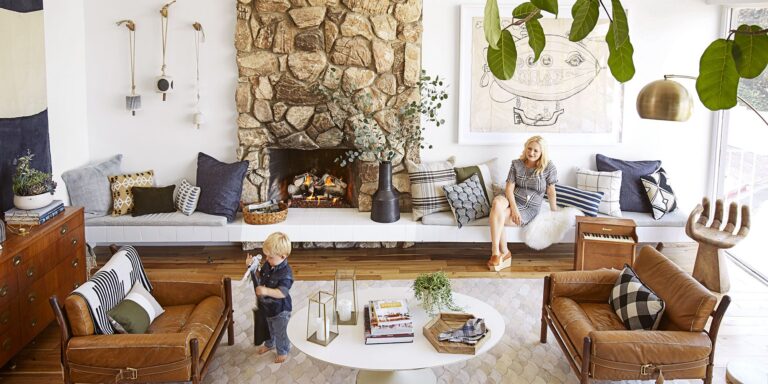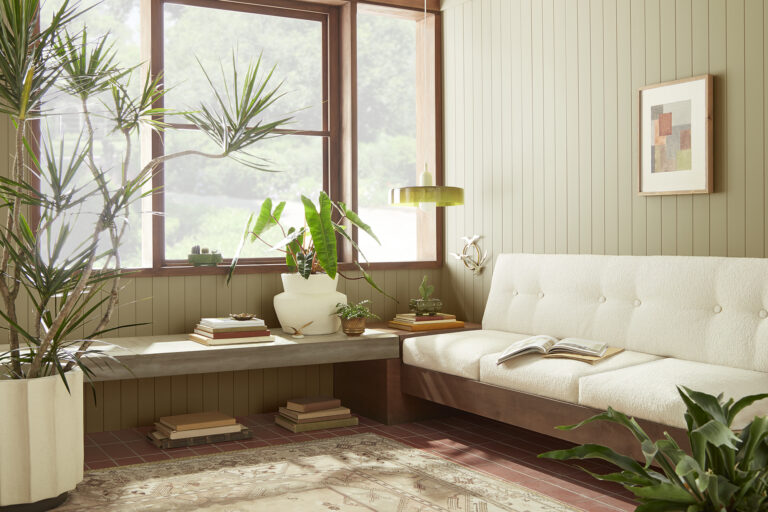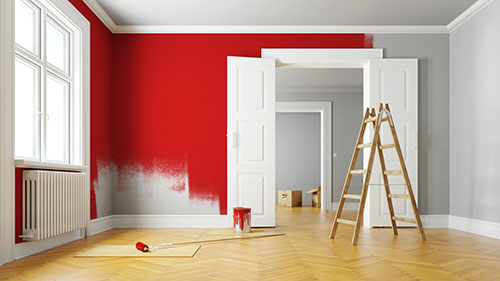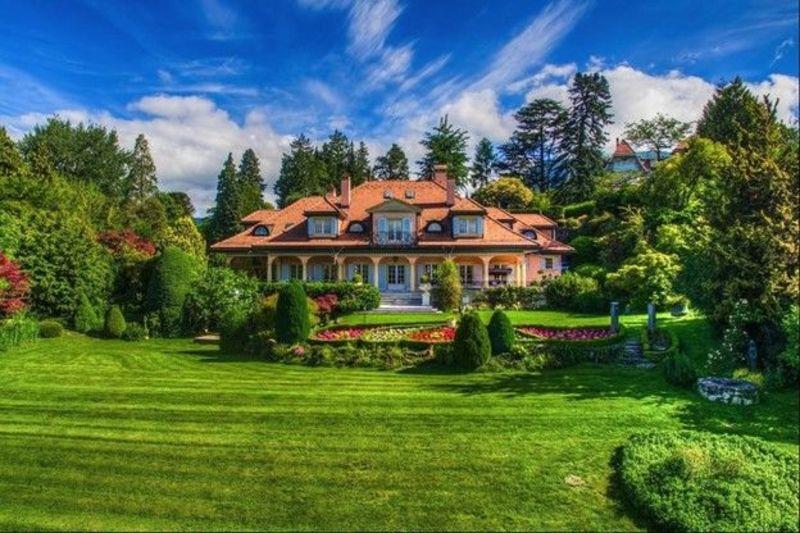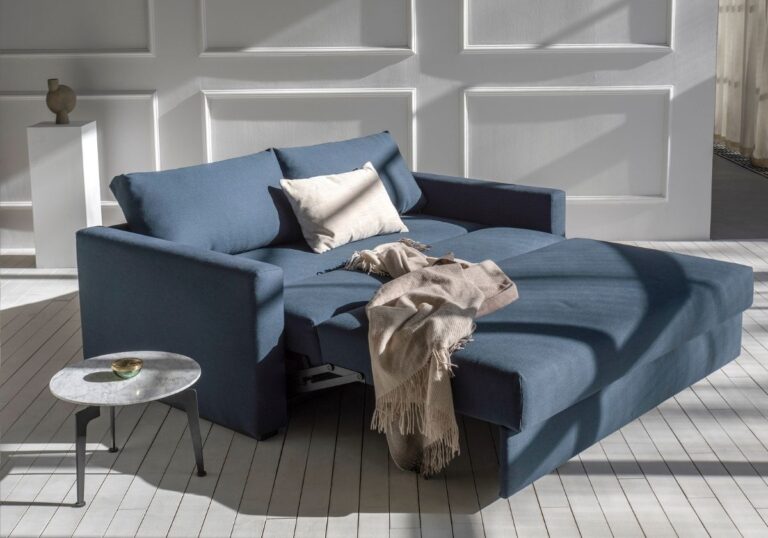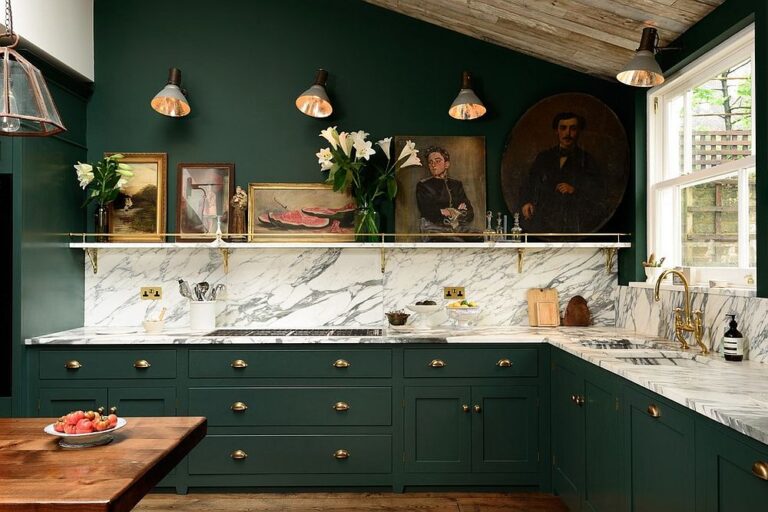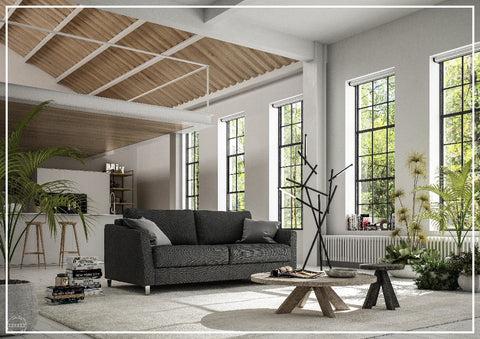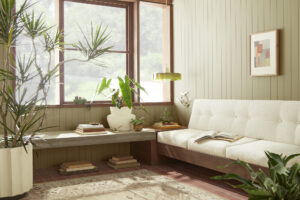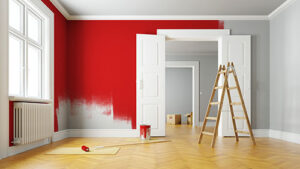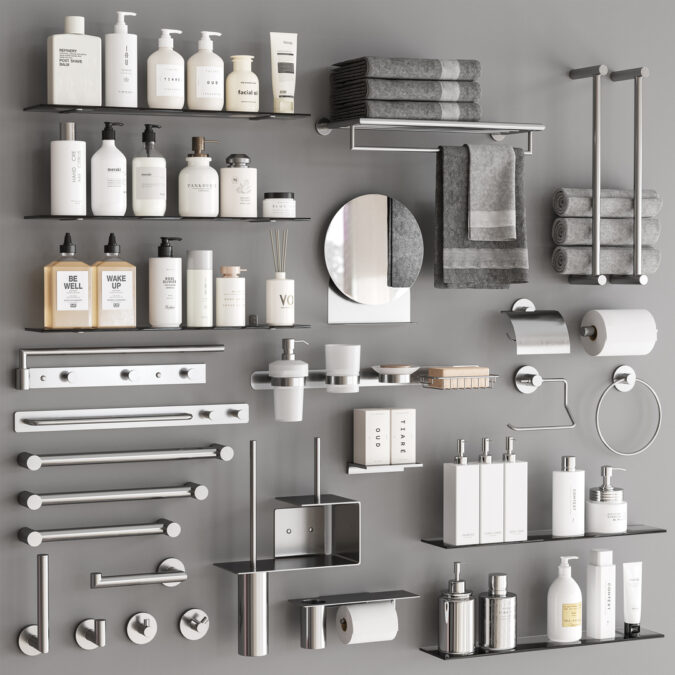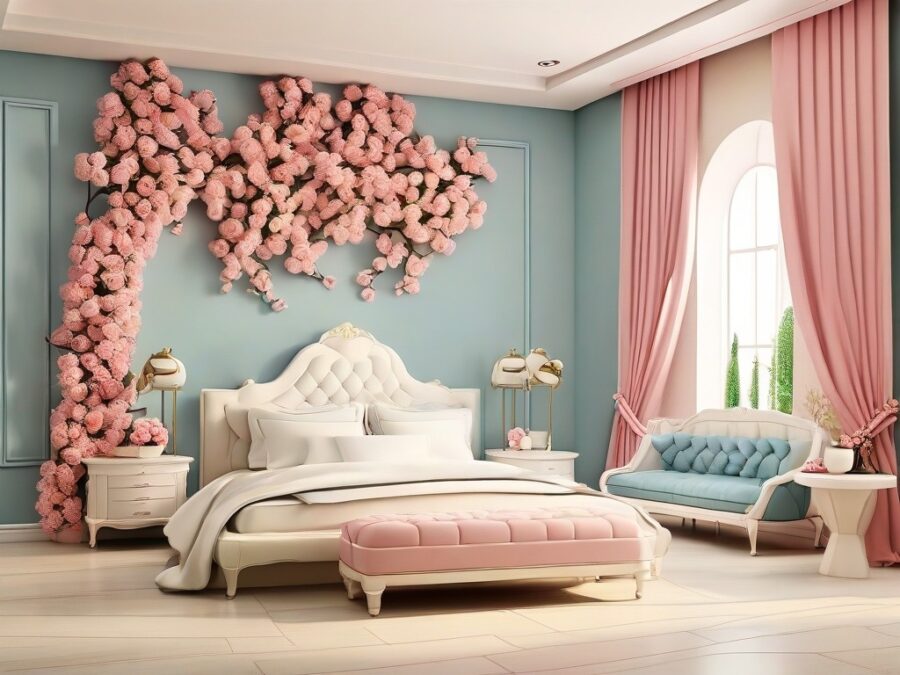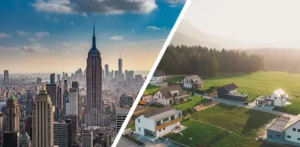As dawn broke over the serene Swiss Alps, Anna Müller stood before the grand façade of Villa Alpina, a majestic mansion nestled amidst lush greenery and towering pine trees. The morning mist danced around the ornate balconies, and the intricate stonework glistened under the first rays of sunlight. As she approached the entrance, the mansion’s elegant architecture and meticulously manicured gardens whispered stories of luxury, heritage, and the enduring allure of Swiss luxury living. Villa Alpina was not just a residence but a masterpiece where tradition met modernity, embodying the quintessential Swiss spirit of precision and timeless beauty. This is the world of Switzerland’s mansions—where architectural brilliance, cultural heritage, and natural splendor converge to create homes of unparalleled elegance.
Historical Background
Swiss mansions, often called “châteaux” or “villas,” have long been symbols of wealth, prestige, and architectural excellence. The tradition of building grand residences in Switzerland dates back to the Renaissance, influenced by local and European architectural trends. These estates were primarily constructed by wealthy merchants, noble families, and, later, affluent industrialists who sought to showcase their success and sophistication through impressive homes.
During the 19th century, Switzerland’s industrial boom led to a surge in the construction of luxurious mansions. The influx of wealth from industries such as banking, watchmaking, and textiles enabled the creation of opulent residences that combined functionality with artistic flair. According to the Swiss Federal Statistical Office, the number of luxury homes in Switzerland increased by approximately 15% between 1850 and 1900, reflecting the country’s economic prosperity and the growing demand for elite housing.
Architectural Styles
Swiss mansions exhibit diverse architectural styles, each reflecting the era in which they were built and the personal tastes of their owners. Some of the most prominent styles include:
Neo-Renaissance
Neo-Renaissance architecture, characterized by symmetrical designs, elaborate ornamentation, and grandiose facades, is a hallmark of many Swiss mansions. This style often features arched windows, decorative cornices, and intricate stone carvings. The Château de Gruyères, built in the late 19th century, is a prime example of Neo-Renaissance architecture in Switzerland.
Art Nouveau
Emerging in the early 20th century, Art Nouveau introduced organic forms, flowing lines, and natural motifs into Swiss mansion design. This style emphasizes craftsmanship and the integration of decorative arts with architecture. Villa Heler in Zurich showcases the graceful curves and floral designs typical of Art Nouveau.
Modernist
In the mid-20th century, Modernist architecture gained prominence in Switzerland. It focused on simplicity, functionality, and the use of modern materials such as steel and glass. The Villa Steinway in Bern, designed by renowned architect Le Corbusier, exemplifies modernist design’s clean lines and open spaces.
Contemporary
Swiss mansions continue to evolve, blending traditional elegance with contemporary innovations. Modern Swiss architecture often incorporates sustainable technologies, minimalist aesthetics, and expansive glass walls to create luxurious and environmentally responsible homes.
Notable Swiss Mansions
Several Swiss mansions have gained international fame for their architectural splendor, historical significance, and cultural impact:
Villa Savoye
Although located in France, Villa Savoye by Le Corbusier has profoundly influenced Swiss modernist architecture. Its emphasis on functionality, open floor plans, and integration with the natural environment has inspired numerous Swiss architects and homeowners.
Château de Chillon
Situated on the shores of Lake Geneva, Château de Chillon is one of Switzerland’s most iconic castles. Dating back to the 12th century, it has served various roles, from a noble residence to a strategic fortress. Today, it is a UNESCO World Heritage site, attracting millions of visitors each year.
Villa Heler
Located in Zurich, Villa Heler is a quintessential example of Art Nouveau architecture in Switzerland. Designed in the early 20th century, its intricate designs and harmonious integration with the surrounding gardens make it a beloved landmark.
Villa Steinway
As a testament to Modernist design, Villa Steinway in Bern showcases the innovative use of space and materials that define this architectural style. Designed by Le Corbusier, the villa remains a pivotal piece in studying 20th-century architecture.
Market Statistics
The Swiss real estate market for luxury mansions is both robust and exclusive. According to the Swiss Real Estate Federation (SVIT), the average price of luxury homes in Switzerland has steadily increased over the past decade, with properties in prime locations such as Zurich, Geneva, and Lausanne commanding prices upwards of CHF 10 million. In 2023, the total market value for high-end residential properties in Switzerland was estimated at approximately CHF 50 billion.
Demand and Supply
Domestic and international buyers seeking privacy, security, and the allure of the Swiss lifestyle drive the demand for Swiss mansions. A report by Knight Frank highlights that Switzerland remains a top destination for global investors, particularly from Asia and the Middle East, drawn to its political stability, high quality of life, and prestigious real estate. However, the supply of luxury estates is limited due to strict zoning laws and preservation regulations, contributing to the high prices and competitive market.
Investment Potential
Swiss mansions are not only residences but also valuable investments. The Swiss real estate market is known for its resilience and steady appreciation, making luxury homes a preferred choice for wealth preservation. According to the Swiss Bankers Association, luxury properties in Switzerland have outperformed many other investment classes over the past decade, with average annual returns of 5-7%.
Preservation and Sustainability
Preserving the architectural heritage of Swiss mansions is a priority for both private owners and government bodies. Switzerland’s commitment to sustainability has also influenced the preservation and modernization of these estates.
Restoration Efforts
Many historic mansions undergo meticulous restoration to maintain their original charm while incorporating modern amenities. The Swiss Heritage Preservation Society (SHPS) provides guidelines and support for restoring historic properties, ensuring that renovations respect the original architectural elements.
Sustainable Practices
Modern Swiss mansions increasingly incorporate sustainable technologies to minimize their environmental impact. This includes the installation of solar panels, rainwater harvesting systems, and the use of eco-friendly materials. The Green Building Council Switzerland (GBCS) promotes sustainable building practices, encouraging homeowners to adopt energy-efficient solutions and sustainable landscaping.
Cultural Impact
Swiss mansions have a significant cultural impact, symbolizing national pride, artistic inspiration, and social status.
Architectural Influence
The design principles of Swiss mansions have influenced global architecture, particularly modernist and sustainable design. Architects worldwide draw inspiration from the clean lines, functional spaces, and harmonious integration with nature that define Swiss luxury homes.
Media and Literature
Swiss mansions frequently appear in films, television series, and literature, symbolizing wealth, power, and elegance. Movies like “The Swiss Family Robinson” and series such as “Top Gear” feature Swiss estates to highlight their grandeur and scenic beauty. Additionally, numerous novels set in Switzerland use mansions as backdrops for stories of intrigue, romance, and ambition.
Art and Design
The interiors of Swiss mansions often serve as canvases for art and design, showcasing collections of fine art, bespoke furniture, and innovative lighting designs. These estates become living galleries, reflecting their owners’ artistic tastes and cultural interests. Art exhibitions and design showcases are commonly hosted in these luxurious homes, fostering a vibrant cultural scene.
Challenges and Future Prospects
Despite their allure, maintaining and developing Swiss mansions comes with its own set of challenges.
High Maintenance Costs
The upkeep of large, historic estates requires substantial financial resources. Maintenance costs for luxury mansions can exceed CHF 500,000 annually, covering everything from structural repairs to landscaping and security. Owners must balance the desire for luxury with the practicalities of maintaining such expansive properties.
Regulatory Constraints
Switzerland’s strict zoning laws and preservation regulations can limit the development and modification of historic mansions. These regulations are designed to protect architectural heritage but can pose challenges for homeowners seeking to modernize their estates.
Environmental Risks
Swiss mansions, especially those in alpine regions, are vulnerable to environmental risks such as landslides, heavy snowfall, and climate change. Implementing resilient design strategies and sustainable practices is essential to safeguarding these historic properties against natural disasters.
Future Innovations
The future of Swiss mansions lies in the seamless integration of tradition and innovation. Advances in smart home technologies, sustainable building materials, and eco-friendly design will continue to shape the evolution of luxury estates in Switzerland. Architects and homeowners increasingly focus on creating homes that honor historical significance while embracing modern comforts and environmental responsibilities.
Conclusion
Swiss mansions are the epitome of architectural excellence, cultural heritage, and luxurious living. From their historical origins to their modern-day incarnations, these grand estates embody the timeless elegance and meticulous craftsmanship that define Switzerland’s architectural landscape. As the country continues to blend tradition with innovation, Swiss mansions will remain symbols of prestige, artistic inspiration, and sustainable luxury. Whether serving as private sanctuaries for the elite or as cultural landmarks admired by all, these magnificent homes continue to captivate the imagination and embody the enduring allure of Switzerland’s golden heritage.


